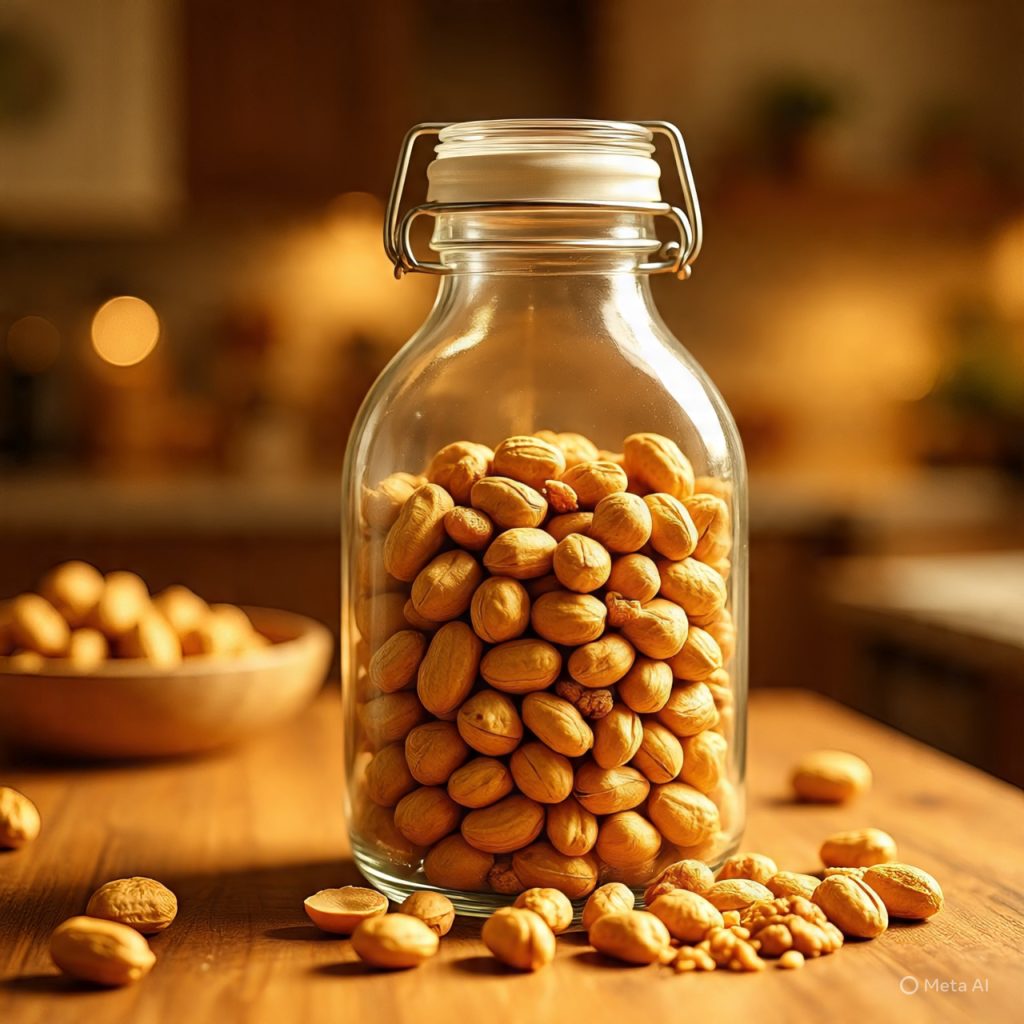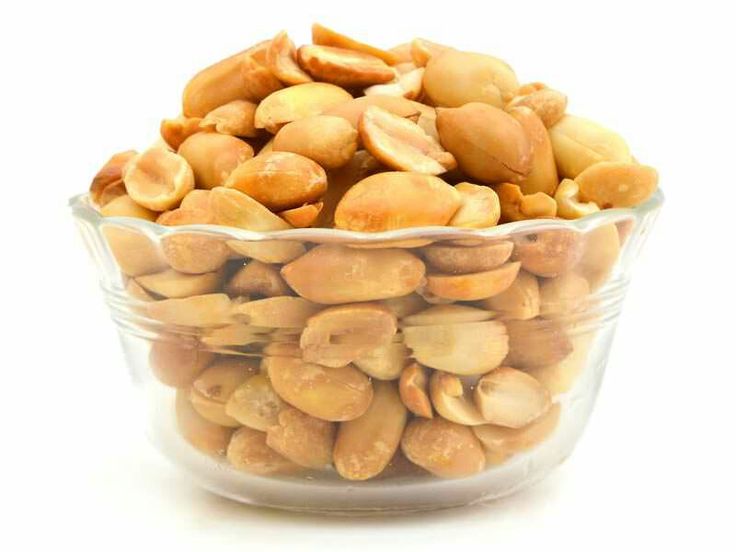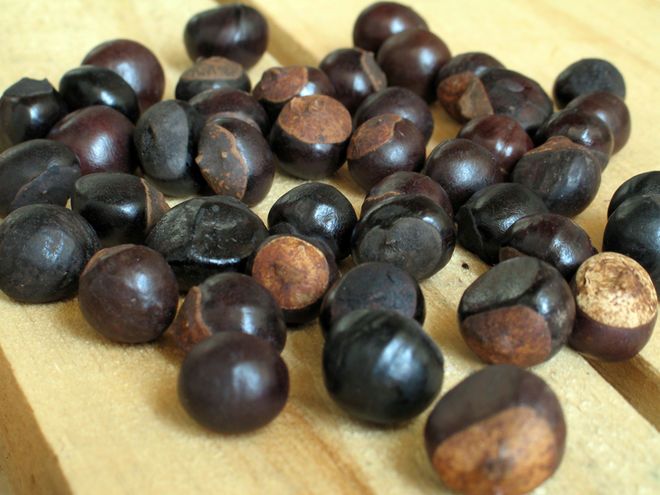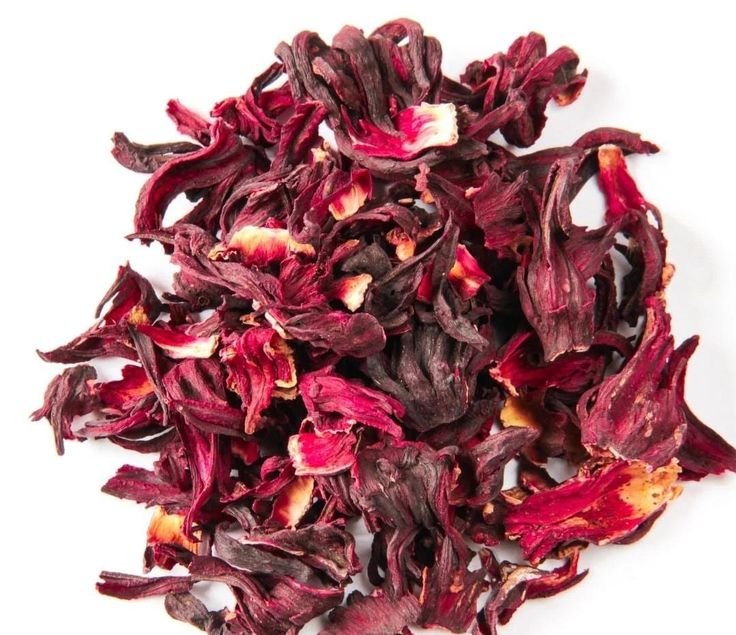What It Is
Groundnut, commonly known as peanut, is a legume crop cultivated widely in tropical and subtropical regions. When processed into roasted groundnut, the nuts are carefully dried and roasted either with or without their shell, enhancing their flavor, aroma, and texture. Roasting not only improves taste but also prolongs shelf life, making it a preferred form for direct consumption, snacks, and further processing.
Groundnut is rich in protein, healthy fats, vitamins (particularly Vitamin E and B complex), minerals (magnesium, phosphorus, potassium), and antioxidants. When roasted, these nutrients are retained, making roasted groundnuts both a nutritious snack and a raw material for multiple industries.

Nutritional and Health Benefits
-
High Protein Content – Essential for body growth and tissue repair.
-
Heart-Friendly Fats – Contains unsaturated fatty acids which reduce cholesterol and improve cardiovascular health.
-
Rich in Antioxidants – Polyphenols and resveratrol help in reducing oxidative stress.
-
Weight Management – High satiety value, reduces hunger cravings.
-
Source of Vitamins & Minerals – Supports brain health, energy metabolism, and immune system.
Forms of Roasted Groundnut for Export
-
Whole Roasted Groundnut (In-shell or shelled)
-
Roasted Groundnut Kernels (Salted or unsalted)
-
Honey-Coated Roasted Groundnut
-
Roasted Groundnut Powder (used in snacks and confectionery)
-
Flavored Roasted Groundnut (spiced, chili, barbecue, etc.)
Industrial Uses of Roasted Groundnut
-
Snacks & Food Industry – Direct consumption as roasted groundnuts, inclusion in nut mixes, and confectioneries.
-
Bakery & Confectionery – Used in peanut butter, candies, cookies, chocolates, and cakes.
-
Oil Extraction – Although raw groundnut is more common, roasted nuts are also used in cold-pressed oil.
-
Animal Feed – Roasted by-products and skins are sometimes used as additives.
-
Cosmetic & Pharmaceutical Industry – Peanut oil derived from groundnut is applied in skin and hair care products.
Export Market Demand
Roasted groundnut has strong export potential because it is widely consumed as a healthy snack across Europe, Asia, the Middle East, and North America.
-
Europe & UK – Demand in snack markets and health food stores.
-
Middle East – Popular as part of nut mixes and street snacks.
-
Asia (India, China, Vietnam, etc.) – Major consumer markets due to cultural integration of peanuts in cuisines.
-
North America – High demand for flavored roasted peanuts and peanut-based confectionery.
Packaging for Export
Packaging is critical to maintaining freshness, crunchiness, and hygiene of roasted groundnuts. Common export packaging formats include:
-
Vacuum-Sealed Bags – Prevents air and moisture contamination.
-
Foil Laminated Pouches – Ensures freshness and protects against light.
-
Plastic Jars & Tins – For retail-ready distribution.
-
Bulk Packaging – 25kg, 50kg sacks for industrial buyers.
Each package must include:
-
Product name and description
-
Net weight
-
Country of origin
-
Batch number
-
Expiry date
-
HS Code
-
Storage instructions
HS Code for Roasted Groundnut
-
HS Code 20081100 – Ground-nuts, prepared or preserved, including roasted, not elsewhere specified.
Export Value & Opportunities
-
Nigeria is one of the largest producers of groundnut in Africa, producing over 3 million metric tons annually.
-
Roasted groundnuts command higher profit margins compared to raw nuts due to value addition.
-
Exporters can tap into both bulk shipment to manufacturers and retail-ready packaged products for supermarkets abroad.
-
Growing vegan and plant-based diets worldwide further drive demand.
Challenges in Roasted Groundnut Export
-
Aflatoxin Contamination – Proper drying and roasting are essential to meet international safety standards.
-
Quality Standards – International buyers demand strict compliance with food safety certifications (HACCP, ISO, FDA approval).
-
Logistics & Storage – Must be stored in cool, dry, and pest-free environments.
-
Competition – Countries like India, China, and the USA are strong players in the roasted peanut market.

Steps to Export Roasted Groundnut
-
Sourcing – Partner with reliable local farmers and processors.
-
Processing – Clean, sort, and roast under hygienic conditions.
-
Quality Testing – Ensure low aflatoxin levels and compliance with importing country standards.
-
Packaging – Use international-standard packaging that preserves freshness.
-
Documentation – Obtain necessary export permits, phytosanitary certificates, and quality assurance certificates.
-
Marketing & Sales – Target buyers in the snack industry, supermarkets, and wholesale distributors.
Conclusion
Roasted groundnut is more than just a snack—it is a profitable export commodity with increasing global demand. With Nigeria’s abundant production capacity, value addition through roasting and packaging provides exporters with significant opportunities in international markets. Proper quality control, branding, and competitive pricing will enable exporters to tap into the growing global market for healthy, plant-based snacks.







